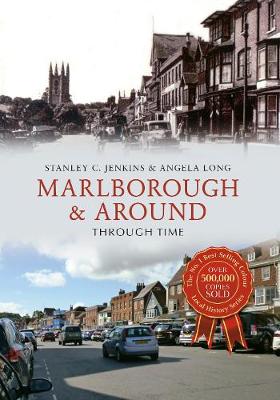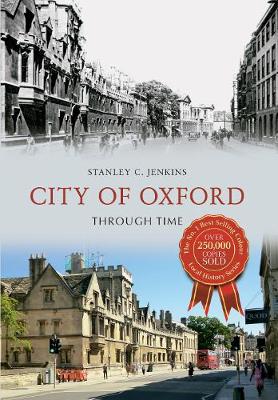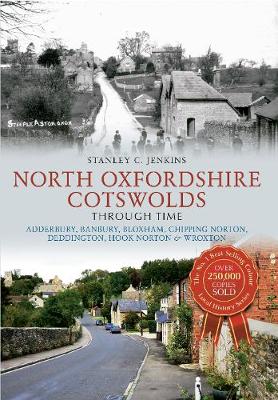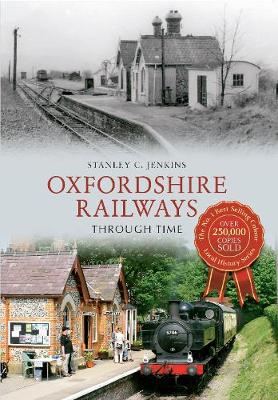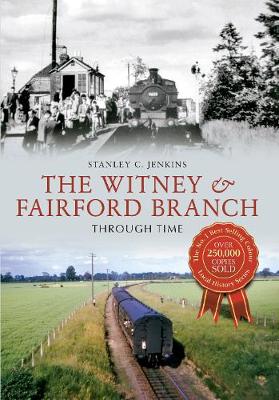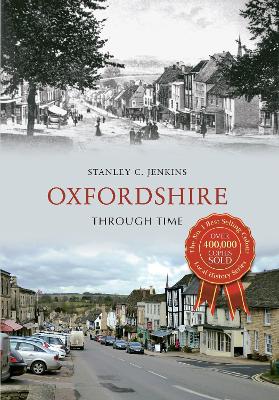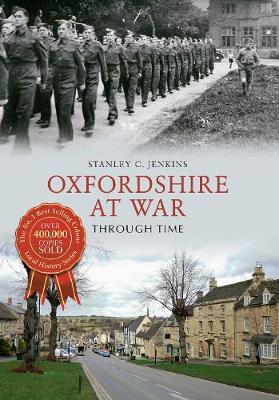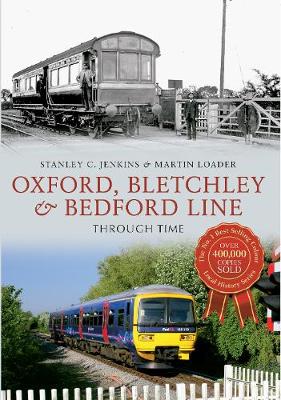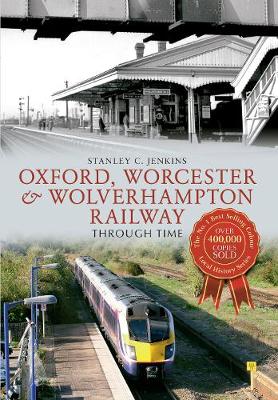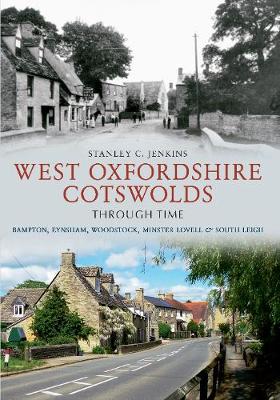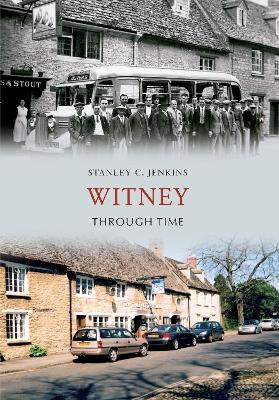Through Time
14 total works
The countryside around Marlborough and Avebury is particularly rich in archaeological remains, and indeed it could be argued that this part of Wessex is the very heart of prehistoric Britain. There are several important prehistoric monuments within the area, including Avebury Henge, West Kennet Long Barrow and the mysterious artificial mound known as Silbury Hill.
Oxford, Bletchley & Bedford Line Through Time
by Stanley C. Jenkins and Martin Loader
